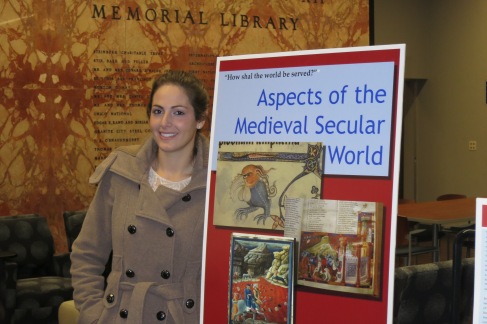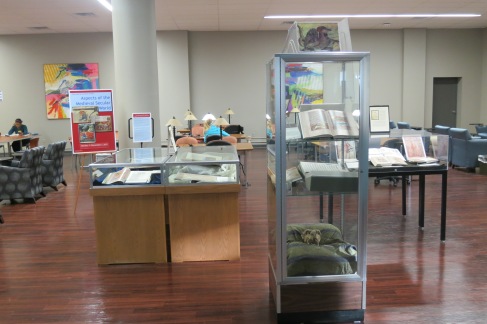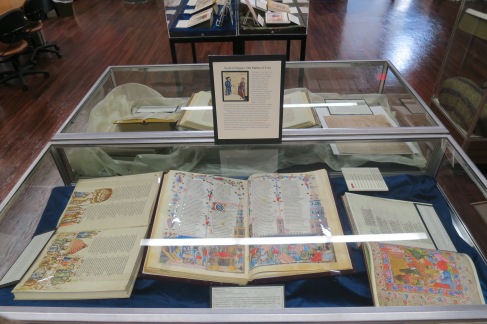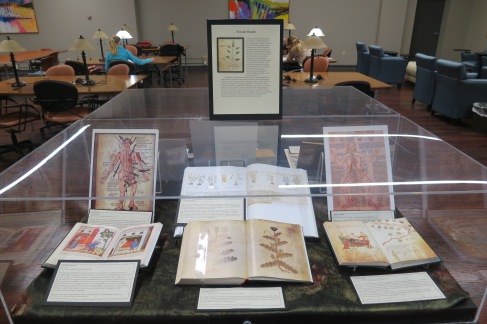Astrology in the Middle Ages
A Brief Overview: Astrology as Natural Science
Lynn Thorndike has called astronomy/astrology “the supreme natural science of the medieval world” (Carey 888). Hilary M. Carey notes: “It permeated most aspects of mediaeval intellectual, cultural and political life, and it is not possible to enter sympathetically into mediaeval society without understanding it” (888). We might consider as analogous modern day germ theory; while the non-medical professional doesn’t necessarily understand the science of microbes, this theory is still one epistemological model through which we understand our world. Therefore an in-depth knowledge of astrology is not necessary (we do not all need to read Ptolemy or Albumasar [Abu Ma’sar]), but a general awareness is helpful. For example, to anyone who has read the works of Chaucer it should be apparent that a basic understanding might be helpful for understanding his work.





